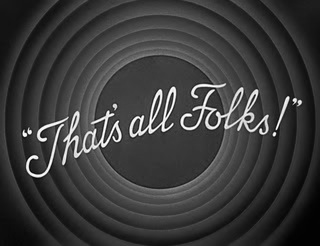At this point of your learning, you can write and say sentences in present continuous tense. But how do we use it? Here are some situations when we need this tense:
1° First, we use it for things that are happening at the moment of speaking
examples:
- I'm working at the moment.
- Please call back as– we are eating dinner now.
- Julie is sleeping.
- You are studying the present continuous.
He's playing football
2° We can also use this tense for temporary situations, when we feel something won't continue for a long time
examples:
- She's staying with her friend for a week.
- I'm living in London for a few months.
- John's working in a bar until he finds a job in his field.
- I'm reading a really great book.
They're helping their mother this week because she isn't feeling well.
3° We can use the present continuous for habits but they have to be temporary or new habits (for normal habits that continue for a long time, we use the present simple)
examples:
- He's eating a lot these days.
- She's swimming every morning (she didn't use to do this).
- You're smoking too much.
- They're working late every night.
I'm studying a lot these days because of my exams.
examples:
- You're always losing your keyes!
- She's constantly missing the train.
- He's always sleeping in.
- They're forever being late.
He's always picking his nose and eating it!
5° Next use is for definite future arrangements (with a future time word). In this case we have already made a plan and we are pretty sure that the event will happen in the future
examples:
- My parents are leaving town tomorrow.
- My plane is arriving tonight at 8.30 p.m.
- She’s meeting David at the train station tomorrow.
- They're travelling to Europe next month.
We're going to the theatre tonight.
examples:
- More and more people are using their computers to listen to music.
- Fuel prices are rising constantly because of strong demand.
- On-line shopping is growing rapidly nowdays.
- The Universe is expanding.
The population of China is rising very fast.
example:
- I'm getting better at playing the piano.
- The weather is improving.
- Global warming is becoming an important issue.
- My English is getting better!

Pollution is getting worse!
WE CAN'T USE PRESENT CONTINUOUS WITH STATIVE VERBS
AND NOW...
EXECISES!!
EXERCISE 1
EXERCISE 2
EXERCISE 3
EXERCISE 4
EXERCISE 5


 In an hour.
In an hour.

